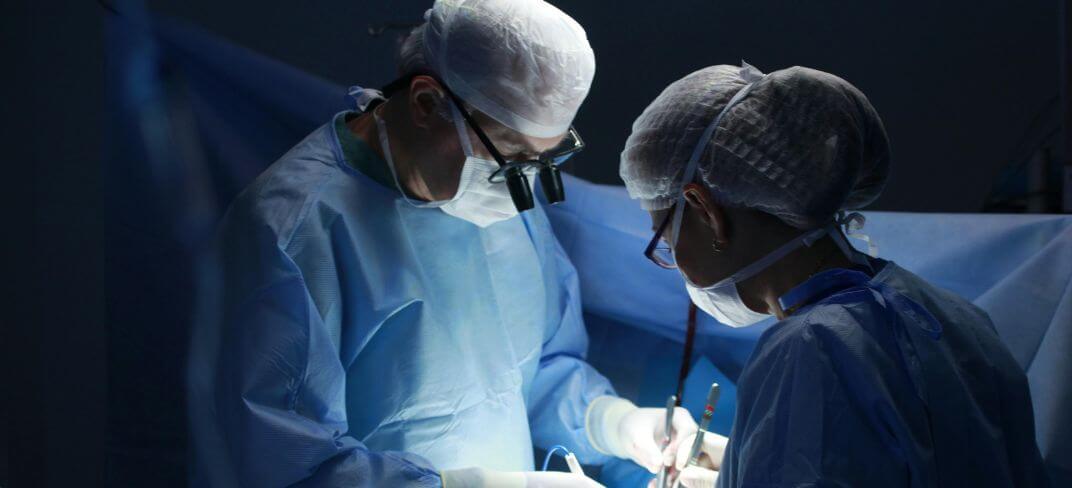Microsurgery of Lymphedema. Interview with Dr. Alessandro Piperno.

Last Updated: 26 February 2025
Lymphedema is a widespread and steadily increasing condition, and one of the most common complications of oncologic surgical procedures. The most frequent symptoms include swelling, a feeling of heaviness, itching, and tingling in the legs or arms. If neglected, it can lead to physical and psychological disabilities, significantly affecting the quality of life of those affected.
We asked Dr. Alessandro Piperno, a specialist in Orthopaedics and Traumatology and an expert in lymphedema microsurgery and surgery at UPMC Salvator Mundi International Hospital, to explain in detail what it is, how it is diagnosed, and how it can be treated.
Dr. Piperno, first of all, what is, in short, lymphedema?
Lymphedema is a pathological condition that affects the lymphatic system. The lymph is no longer drained from the limbs but stagnates in the limbs themselves, mainly causing swelling, a sense of heaviness, itching and, in cases with greater complications, even recurrent infections.
What are the causes that determine it?
Lymphedema can be primary, therefore occur due to congenital problems. More often is secondary, or due to pathological states or as a result of oncological surgery. Removal of lymph nodes, for example, can cause lymphedema.
How is lymphedema diagnosed?
First of all, a visit to the specialist is necessary who, after an accurate medical history, advises the patient which first-level diagnostic tests to carry out, to exclude, for example, that it is not vascular problems of veins and arteries. If lymphedema is already suspected, the examination to be carried out is lymphoscintigraphy.
Dr. Piperno, what is, then, the solution to effectively treat lymphedema?
The answer is in microsurgery. The surgical treatment with minimally invasive technique allows the restoration of a lymph drainage route, necessary to solve the problem upstream. The surgeon uses dedicated instruments to make small incisions, in the arm or leg, to redirect the lymphatic fluid through an alternative route that can bypass the "traffic jam" and make it drain through small veins.
Is venous lymphatic bypass the best and most effective solution for everyone?
This approach provides the best results in cases of mild or moderate lymphedema. In a few days it can significantly reduce the symptoms and the circumference of the limbs. In severe cases, it can still relieve symptoms.
The post-operative?
Recovery is rapid: within a few days of surgery you can resume normal walking. In the post-operative period, the use of compression stockings and sheaths is indicated.
If you experience the symptoms mentioned, suspect you may have lymphedema, or have already been diagnosed with this condition but would like a second opinion, consult our experts in Angiology and Robotic Surgery.